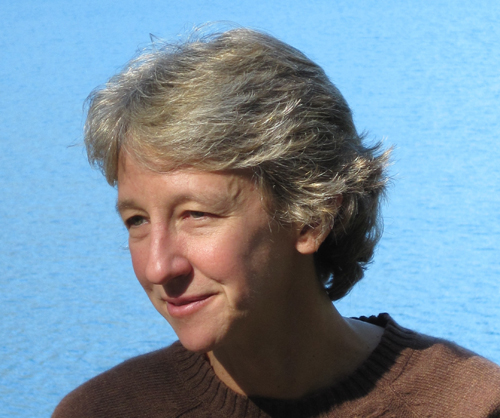The Indian School on Magnolia Avenue: Book Excerpt
The Indian School on Magnolia Avenue: Book Excerpt
In 1902, the federal government opened the Sherman Institute in Riverside, California, to transform American Indian students into productive farmers, carpenters, homemakers, nurses, cooks, and seamstresses. The Indian School on Magnolia Avenue: Voices and Images from Sherman Institute, edited by Clifford E. Trafzer, Matthew Sakiestewa Gilbert, and Lorene Sisquoc, tells the story of this flagship institution and features the voices of those who attended the school. The book is the first collection of writings and images focused on an off-reservation Indian boarding school. Contributors to the volume draw upon documents held at the Sherman Indian Museum to explore topics such as the building of Sherman, the school's Mission architecture, the nursing program, the Special Five-Year Navajo Program, the Sherman cemetery, and a photo essay depicting life at the school. In the following excerpt from the conclusion, Matthew Sakiestewa Gilbert discusses his time spent conducting research in th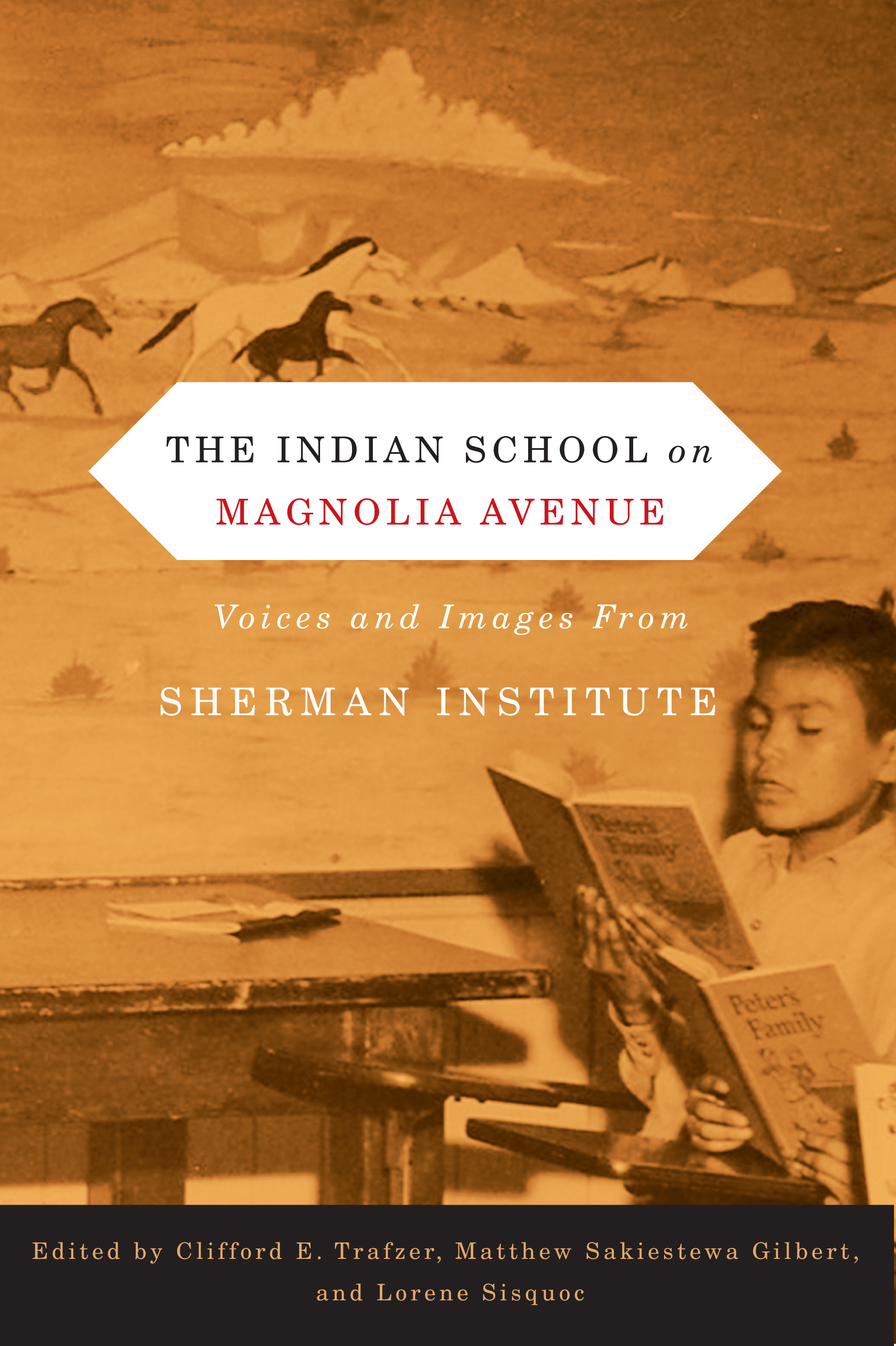 e Museum's archival vault and his experience bringing his findings back to Hopi alumni of the Sherman Institute.
e Museum's archival vault and his experience bringing his findings back to Hopi alumni of the Sherman Institute.
The Dock from Misawa, Japan
We're pleased to welcome author Bonnie Henderson to the OSU Press blog. In her book Strand: An Odyssey of Pacific Ocean Debris,she traces wrack collected on a mile of Oregon beach, some of which had travelled from as far as Hokkaido, Japan. Today she reflects on the tsunami wreckage that has begun to wash up on Oregon's coastline and on what the future might hold for Oregon. The photographs were taken after large quantities of flora and fauna, including potentially invasive species, were scraped from the sides of the dock.
Women of the West: Tough by Nature
For close to twenty years, artist Lynda Lanker has traversed the territory that scores of artists have roamed—the American West. But Lanker's eyes and artistry have been firmly fixed on a seldom-heralded group of individuals who have played a vital role in forging the fabric and soul of the American West. Her portraits document a vanishing way of life and honor the matriarchs of the West—hard-working ranchers, mothers, cowgirls, wives, and homemakers.
The Secret Life of Butterflies
We are delighted to welcome guest blogger David G. James, co-author with David Nunnallee of Life Histories of Cascadia Butterflies. We guarantee his reflections will inspire everyone to head to the fields, nets in hand.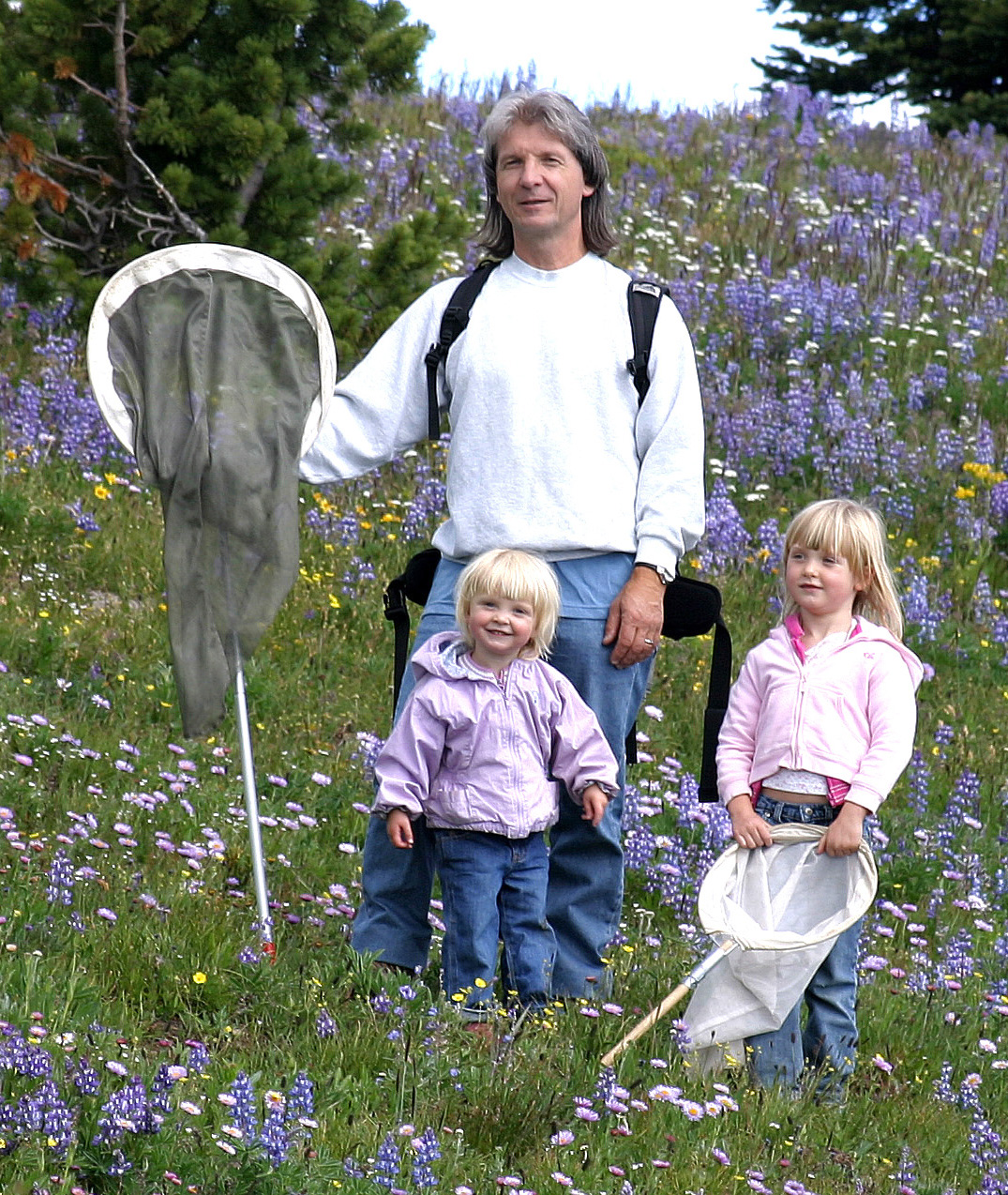
Can butterflies have secrets? Well, they surely do. We see them visit our flowers sipping nectar for a few minutes or we see them flying towards our windshield as we hope for a last-minute reprieve from death, but that’s just about as much as the average adult person knows about the life of a butterfly.
Announcing... Bart King's Architectural Guide to Portland, The Mobile Website
We're pleased to announce the launch of a new mobile website, developed in partnership with OSU Libraries: Bart King's Architectural Guide to Portland.
The site features rotating content selected from Bart King's popular An Architectural Guidebook to Portland, a volume rich with photographs and stories about Portland's celebrated cityscape. Portland’s civic planning, historic preservation, and emphasis on sustainable design are explored in detailed profiles of structures that have distinguished (or disgraced) themselves in some interesting fashion.
Jeff Crane on the Elwha River, Part 1
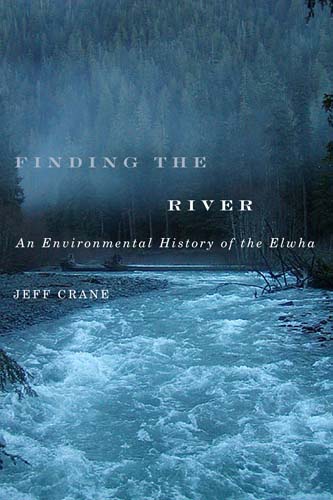 Just before Jeff Crane's environmental history of the Elwha River was published last fall, the demolition of its dams began. It seems that dam removal has been in the news ever since. Today, we welcome the author of Finding the River to our blog. He shares the roots of his book and his personal history with the Elwha.
Just before Jeff Crane's environmental history of the Elwha River was published last fall, the demolition of its dams began. It seems that dam removal has been in the news ever since. Today, we welcome the author of Finding the River to our blog. He shares the roots of his book and his personal history with the Elwha.
Learning the Elwha by Jeff Crane
My interest in the Elwha River began with landscape: the beauty of the Olympic Peninsula, the iconic power of the Elwha River. When I first began hiking and exploring the peninsula as a young man, I was reading Barry Lopez, Edward Abbey, Murray Morgan, and others. These writers helped me see nature with new eyes and also begin to think about the relationship between society and nature and the importance of integrating environment into history.
One Wild Delicate Second
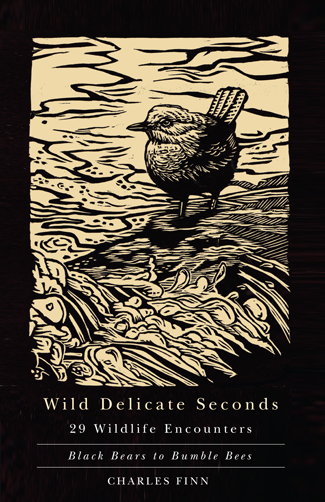 Introducing Wild Delicate Seconds, a collection of 29 chance encounters with the everyday—and not so everyday—animals, birds, and insects of North America by High Desert Journal editor Charles Finn.
Introducing Wild Delicate Seconds, a collection of 29 chance encounters with the everyday—and not so everyday—animals, birds, and insects of North America by High Desert Journal editor Charles Finn.
Gretel Erlich calls Wild Delicate Seconds "an exquisite read, full of small surprises with big heartbeats."
We hope you enjoy this excerpt from the book.
Flying Squirrels
It was as great an act of faith as I will ever see. It was late summer, late afternoon, the sun already down and I sat on my front steps eating dinner. Looking up, I was just in time to see a family of four flying squirrels parachute across my yard, teetering against a backdrop of Beaujolais air.
America's Wild Read Goes Wild in the City
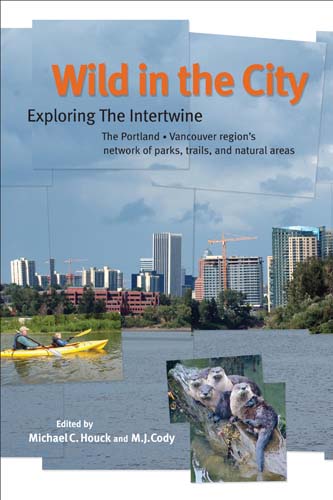 For the next four weeks, America's Wild Read is hosting a conversation inspired byWild in the City: Exploring the Intertwine, The Portland-Vancouver Region's Network of Parks, Trails, and Natural Areas, copublished by OSU Press and The Audubon Society of Portland.
For the next four weeks, America's Wild Read is hosting a conversation inspired byWild in the City: Exploring the Intertwine, The Portland-Vancouver Region's Network of Parks, Trails, and Natural Areas, copublished by OSU Press and The Audubon Society of Portland.
Wild in the City is the sixth book featured in the online discussion group, a project of the National Conservation Training Center. (Another OSU Press author was highlighted last October, when Robert Michael Pyle was a moderator.)
Remembering Brian Booth
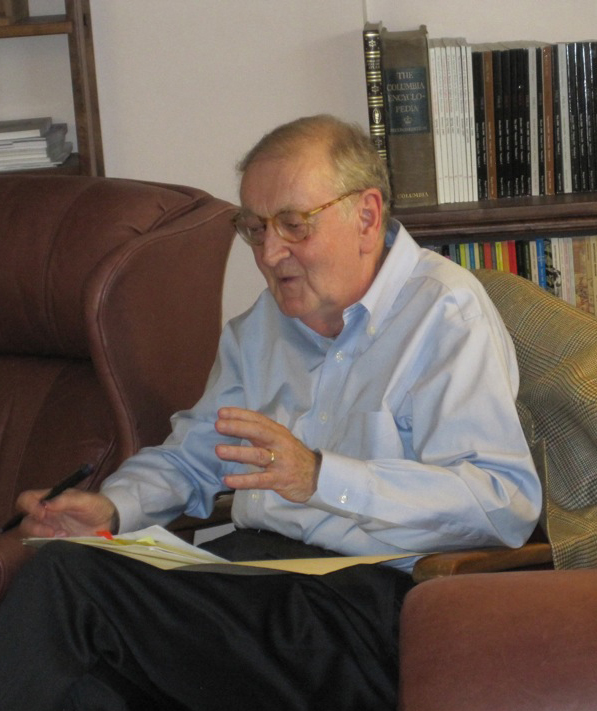 The OSU Press mourns the loss of attorney, author, and cultural activist Brian Booth, who died of cancer at his home in Portland on March 7.
The OSU Press mourns the loss of attorney, author, and cultural activist Brian Booth, who died of cancer at his home in Portland on March 7.
Brian was an advocate for Oregon writers and a scholar of the state’s literary heritage. He founded the Oregon Institute of Literary Arts (now Literary Arts) in 1986, served as its President and Chair, and created the Oregon Book Awards and the Oregon Literary Fellowships. These programs recognize and financially encourage hundreds of Oregon writers and publishers. Novelist Don Berry called OILA “the only literary organization I know actually founded by a reader.” Among its founding board members were Raymond Carver, Ursula Le Guin, and William Stafford.
The Lessons of First Love
The first book about the Northwest that I truly loved was Kim Stafford’s Having Everything Right. I was wooed by the poetic language, the tender human relationships, the sweeping landscapes, and the raw grain of “Pine, Fir, Cedar, and Yew.” But most of all I was seduced by the title and Stafford’s explanation of its Kwakiutl language origin:
“Having everything right” is a portable name, an expandable place. It could be what we call Earth. But it will not, unless we sift from our habits the nourishing ways: listening, remembering, telling, weaving a rooted companionship with what I call home.

